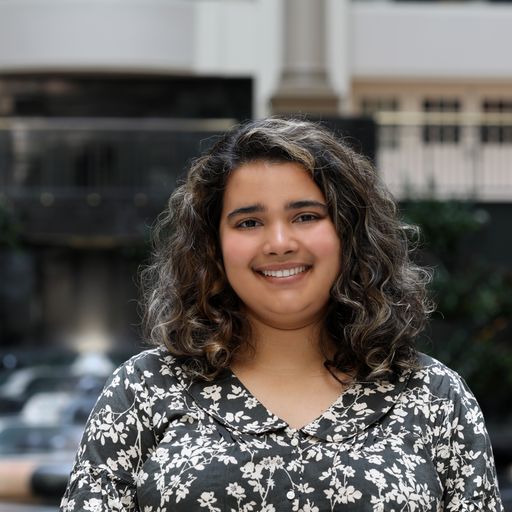Disabilities have many different meanings and contexts, in terms of being visible or invisible, permanent or temporary, related to aging, etc. But regardless of the details, every person with a disability should be able to access technology.
“One thing that people with disabilities want [is] to be able to access the same things that everyone else can access, to be able to get the information that everybody else has access to,” UX accessibility specialist Steve Rancour said during the “The Inclusive Web Can be Liberating” event during Philly Tech Week 2023 presented by Comcast. The session was hosted by A11YPHL, a local digital accessibility community group, and Tamman, an Old City-based digital accessibility-focused IT services and consulting company.
From the discussion, here are some ideas to keep in mind when thinking about how your organization can incorporate more digital accessibility.
Think about your why
Marty Molloy, president of Tamman, said it’s important to think about why you are doing something a certain way or including certain features when considering how to be more digitally accessible.
For example, alternative (or alt) text, which is text that describes an image on a webpage, is important because it allows people who use screen readers to understand what’s displayed in that image.
However, “it needs to be contextual,” Rancour said. “It can’t just be like, ‘It’s a picture of a bear.’ OK, well, what’s the reason that you used that picture? That’s what the screen reader user is looking for.”
Use the tools that already exist
It’s important to keep digital accessibility in mind for more than just webpages, but also for documents, emails, social media and the like. Molloy noted the headings structure tools that are already built into Microsoft documents or Google documents, which makes it easier for screen reader users to skim or understand the main ideas of a document.
“It can also be making sure you’re using readable, plain, clear language; bullet points where you are, again, using the document structures already there; and you’re not adding [extra] spaces and all those other things,” Molloy said. “You’re not trying to center it by hand and things like that. If you use the tools that are in there, it’s really going to be a huge, huge benefit to everyone.”
Rancour added that Microsoft Office has an accessibility checker that will review your document and call out ways to make it more accessible with heading, alt text, etc.
“It’ll actually point out things to you so that as you’re learning about accessibility,” Rancour said, “you can immediately, be like, ‘Oh, I’m missing this,’ and then you can really quickly learn what things it’s looking for to make it so that you can make your documents more accessible.”
There are also browser plugins, such as WAVE, that will check how accessible a webpage is, said Amanda Roper, an accessibility program manager. A plugin test in addition to keyboard testing or screen reader testing is another good place to start when checking accessibility.
Start with empathy
Rancour said one of the first hurdles with incorporating more accessibility is getting developers to empathize with users who have disabilities.
“Have you ever been holding your baby and you’re trying to interact with your phone at the same time? Have you’ve just gotten older and you need glasses now? Great, you are interacting with things that are there that people with disabilities deal with all the time,” he said. “And you certainly get people to come around to the idea, ‘Oh crap, I didn’t think about it, how can we be making this easier?'”
Roper added that to get others at your organization on board to incorporate more accessibility, you have to understand what those peers already know or feel about accessibility. The process to becoming more accessible is a continuous one than can build and improve over time, Molloy said.
“Everyone is responsible for accessibility. Everyone has a part to play. If you’re the one person who’s advocating for accessibility, awesome job, but you also need to understand where everyone’s at and where they need to go,” Roper said.
Sarah Huffman is a 2022-2024 corps member for Report for America, an initiative of The Groundtruth Project that pairs young journalists with local newsrooms. This position is supported by the Lenfest Institute for Journalism.Before you go...
Please consider supporting Technical.ly to keep our independent journalism strong. Unlike most business-focused media outlets, we don’t have a paywall. Instead, we count on your personal and organizational support.
Join our growing Slack community
Join 5,000 tech professionals and entrepreneurs in our community Slack today!

The person charged in the UnitedHealthcare CEO shooting had a ton of tech connections

From rejection to innovation: How I built a tool to beat AI hiring algorithms at their own game

Where are the country’s most vibrant tech and startup communities?



